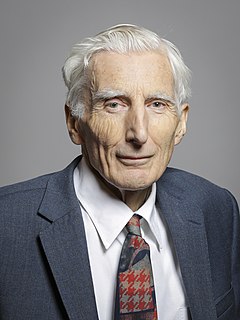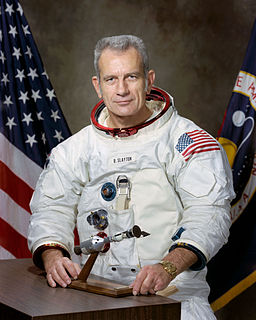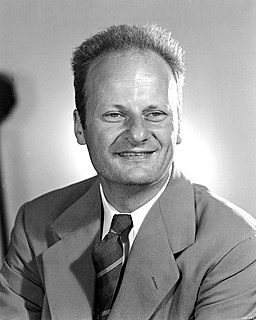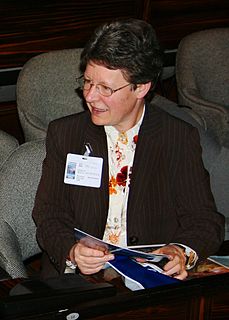A Quote by Martin Rees
The first voyagers to the stars will be creatures whose life cycle is matched to the voyage: the aeons involved in traversing the galaxy are not daunting to immortal beings. By the end of the third millennium, travel to other stars could be technically feasible. But would there be sufficient motive?
Related Quotes
I feel that I'm in on the ground floor of something that human beings will be concentrating on for the next 1,000 years-if we don't destroy ourselves in the meantime. It's possible that 50 years from now we're going to end up out of this solar system, batting around the universe, at least within our galaxy, investigating other stars and other systems.
People have stars, but they aren't the same. For travelers, the stars are guides. For other people, they're nothing but tiny lights. And for still others, for scholars, they're problems... But all those stars are silent stars. You, though, you'll have stars like nobody else... since I'll be laughing on one of them, for you it'll be as if all the stars are laughing. You'll have stars that can laugh!... and it'll be as if I had given you, instead of stars, a lot of tiny bells that know how to laugh.
The time will come when a spacecraft carrying human beings will leave the earth and set out on a voyage to distant planets - to remote worlds. Today this may seem only an enticing fantasy, but such in fact is not the case. The launching of the first two Soviet Sputniks has already thrown a sturdy bridge from the earth into space, and the way to the stars is open
The central region of the Milky Way, known as the bulge, is stuffed with literally tens of billions of stars. And most of these are old - considerably older than our Sun or its neighbors - because this part of the galaxy formed first. Consequently, bulge stars are generally deficient in heavy elements.
You couldn't be here if stars hadn't exploded, because the elements - the carbon, nitrogen, oxygen, iron, all the things that matter for evolution - weren't created at the beginning of time. They were created in the nuclear furnaces of stars, and the only way they could get into your body is if the stars were kind enough to explode. So, forget Jesus. The stars died so that you could be here today.


































